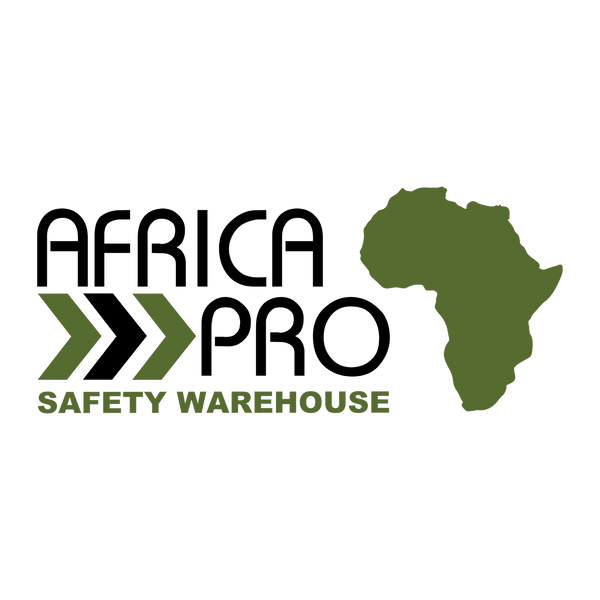
A Day in the Life of a Safety Inspector: Ensuring Compliance in the Mining Sector
Share
In the mining industry, safety is paramount, especially in South Africa where mining is one of the largest economic sectors. The responsibility of ensuring that workers operate in a secure environment falls largely on safety inspectors. But what does a typical day look like for these professionals? Let’s take a closer look at their routine, challenges, and the crucial role they play in upholding compliance.
Morning Briefing and Site Inspections
A safety inspector’s day usually starts with a morning briefing. This is where they receive updates on any incidents, new regulations, or areas of concern. Equipped with a checklist, they then conduct site inspections, ensuring that workers adhere to safety protocols and that all Personal Protective Equipment (PPE) is in good condition. In South Africa, compliance with the Mine Health and Safety Act (MHSA) is a key focus, making inspections critical to preventing workplace injuries and fatalities.
Risk Assessments and Identifying Hazards
Safety inspectors meticulously evaluate potential hazards in the workplace. From unstable ground conditions to improper use of machinery, every risk is documented. In South Africa, deep-level mining presents unique challenges such as seismic activity and extreme heat. Inspectors also assess whether the workforce is using the appropriate PPE, such as helmets, gloves, and respiratory protection, ensuring they are suited to the specific conditions of the mine.
Training and Compliance Enforcement
Beyond inspections, safety inspectors are responsible for educating workers on best safety practices. They conduct safety drills, provide training on handling hazardous materials, and ensure that new employees are well-versed in compliance protocols. In South Africa, language diversity can be a challenge, so inspectors often use multilingual training sessions to ensure every worker fully understands safety procedures.
Reporting and Recommendations
At the end of the day, inspectors compile reports based on their findings. They make recommendations for corrective actions and work closely with management to implement necessary improvements. Their role is vital in preventing accidents and ensuring the long-term safety of mining operations. South African inspectors also collaborate with unions and regulatory bodies to enhance workplace safety and promote best practices.
